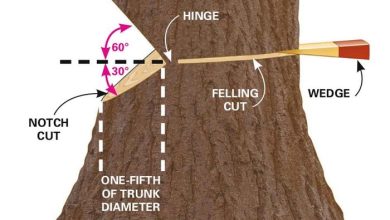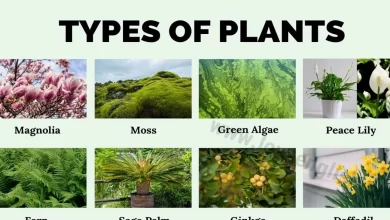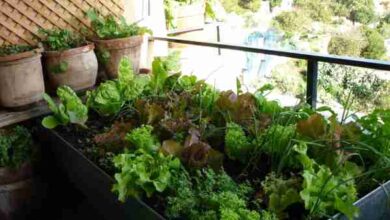Application of iron chelate
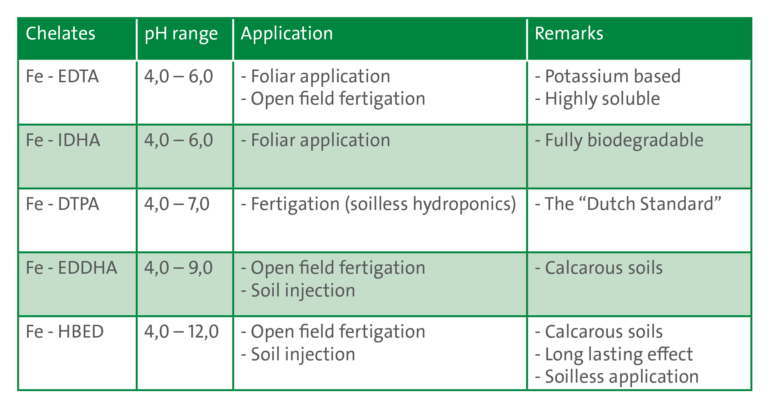
One of the most interesting methods for correcting iron chlorosis is the application of the EDDHA iron chelate. In general, this is not usually applied preventively, but at the appearance of the first symptoms, when other means of nutrition, based on this microelement, are not seen as effective.
This EDDHA iron chelate is used in all kinds of crops. Even in ornamentals, where the aesthetics of the plant is a vital factor for its correct commercialization. In others, as is notable, to improve their productivity. In addition, in the case of leafy vegetables, such as spinach, lettuce, endives, etc. for its green appearance of its leaves before the consumer.
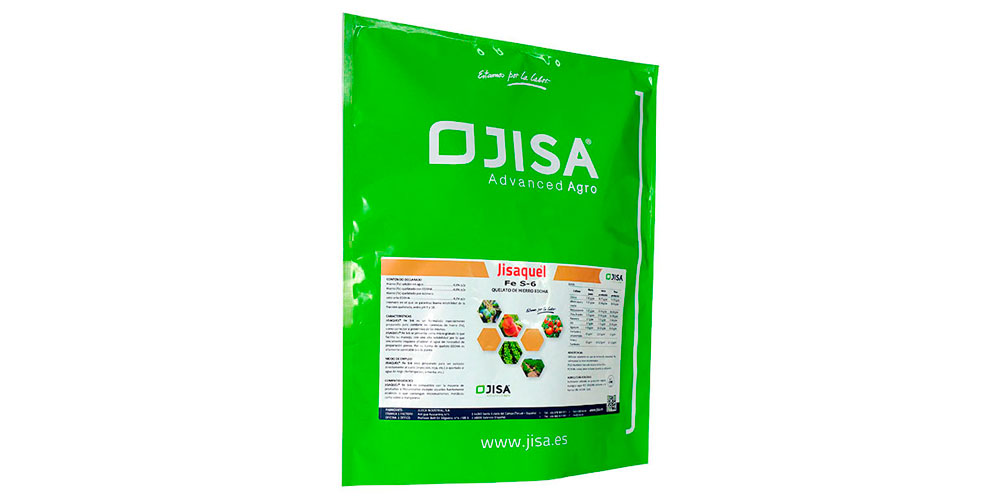
Sale of iron chelate EDDHA
EDDHA iron chelate can be found on the market, mainly in agricultural supply stores, cooperatives, agricentros, etc. in bags of 1 and 5 kilos, being its formulation in powder or very soluble microgranule mode.
They are formulated specially prepared to combat iron (Fe) deficiencies, as a corrector or preventive thereof. Due to its EDDHA chelated form, it is highly assimilable by the plant.
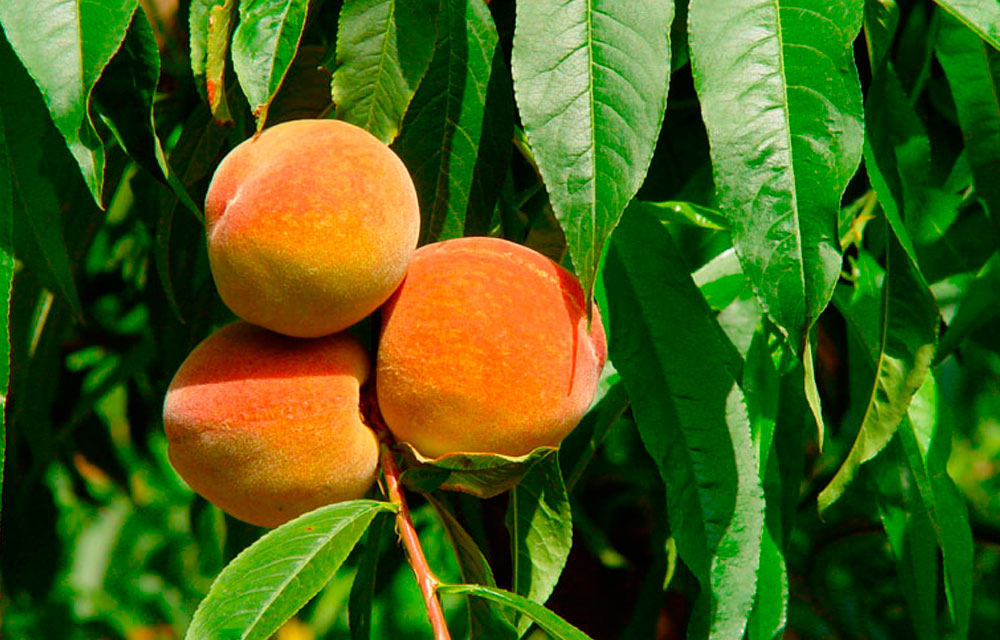
Application dose of chelated iron
The application doses of the EDDHA iron chelate vary depending on the phenological state of the plant, its age of cultivation in the case of vineyards and orchards, the time of year, as well as the physical and chemical properties of the soil, and method of cultivation. app.
Note that there are certified EDDHA iron chelates on the market that are compatible with integrated management and organic production programs. An example of an ecological EDDHA iron chelate is JISAQUEL ® Fe S-6, manufactured by the plant nutrition specialist firm JISA.
These iron chelates are specially prepared to be applied directly to the soil, either through injection systems, grid, etc., or by incorporating them into the irrigation water, regardless of whether in fertigation, blanket, etc.
Returning to the application doses, they should always respond to the decision of the technician who leads or advises the crop in question. This will support its decisions based on measurements such as soil or leaf analysis. From there, he will establish his application within a specific fertilization plan for the crop in question.
But to be able to give some data as a reference on the possible application doses of the EDDHA iron chelate in crops, the following doses are valid, for example.
Application dose of iron chelate in fruit growing:
- Citrus, between 7 and 30 grams per foot.
- Young stone fruit trees such as apricot trees, plum trees, peach trees, etc. between 5 to 20 grams per foot.
- Pip fruit trees such as pear trees, apple trees, etc. between 5 to 20 grams per foot.
- Avocados from 5 to 20 grams per foot.
- Vine 3 to 7 grams per foot.
- Banana trees from 3 to 7 grams per foot.
As can be seen, the range of the application dose is wide. This is lower in fruit trees when it is added at the beginning of production and higher, if it is done in full production. It is also lower during the first years after planting, increasing depending on the maturity of the fruit tree.
Application dose of iron chelate in horticultural and ornamental plants:
- 0.5 grams per square meter in a young culture stage.
- From 0.5 to 5 grams at the start of production.
- From 5 to 7 grams per square meter when they are in full production.
- In young red fruit plants (strawberry, raspberry, etc.). About 0.5 grams per square meter.
- In red fruit plants at the beginning of production. About 0.5 to 0.7 grams per square meter.
- In red fruit plants in full production. About 0.7 to 1.5 grams per square meter.
Finally, add that, although with all possible reservations, the specific iron chlorosis correctors are usually compatible with most products and phytosanitary products, except those that are strongly alkaline or that contain metallic micronutrients, such as copper or manganese.


